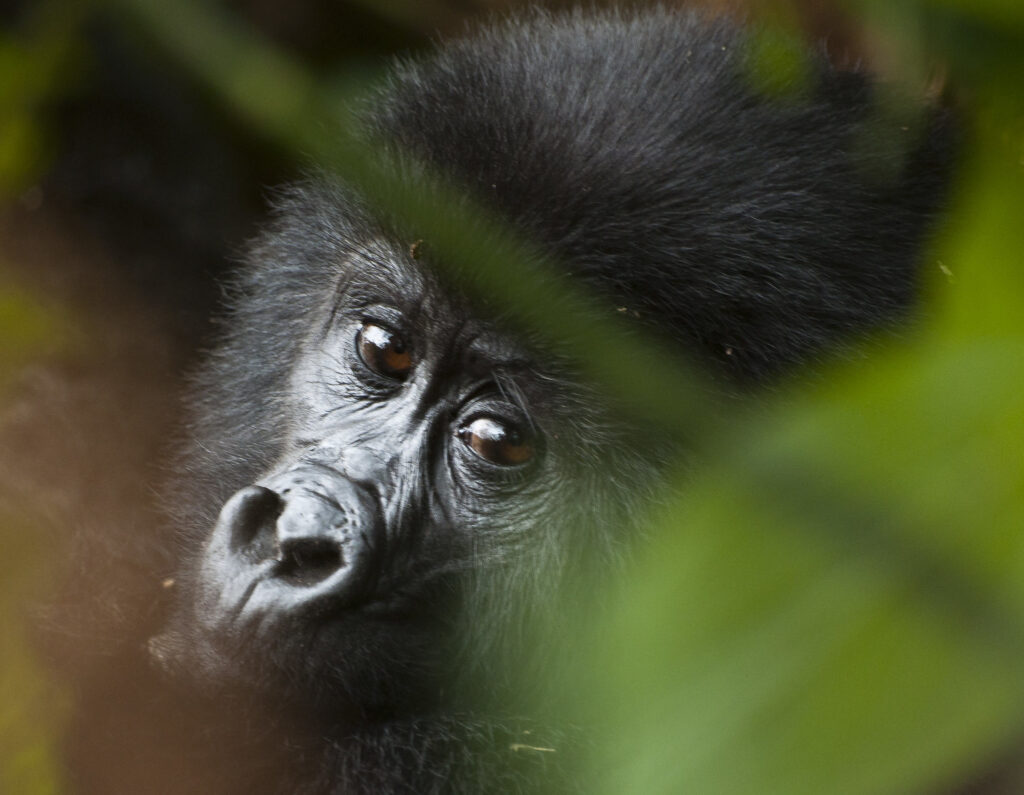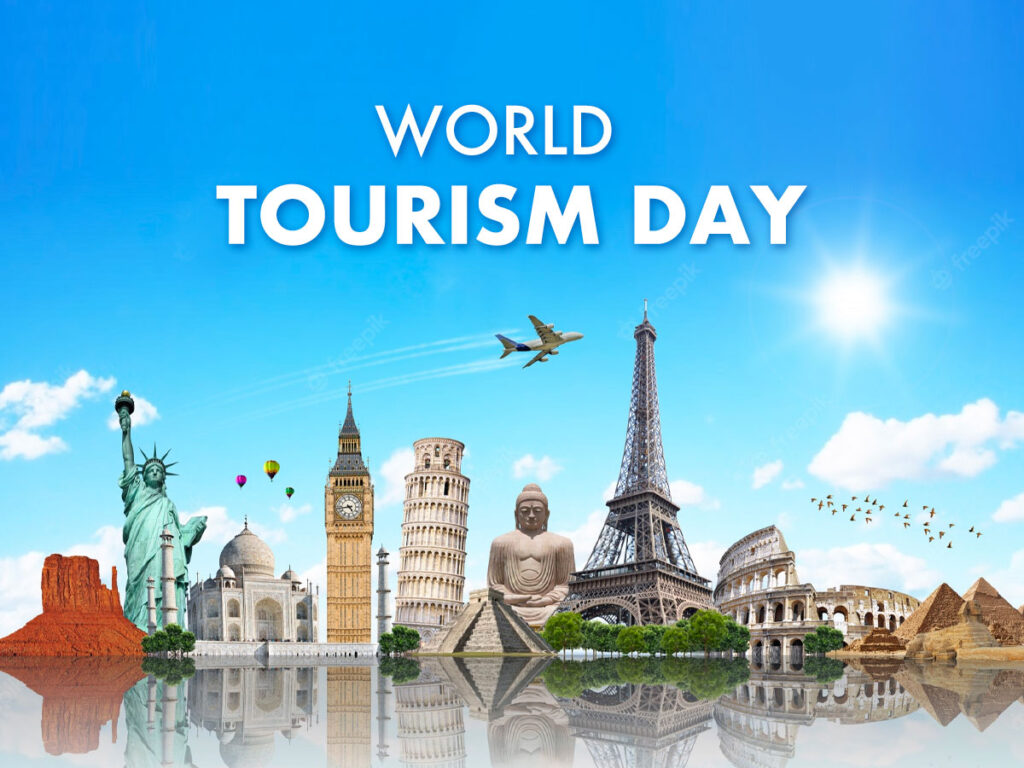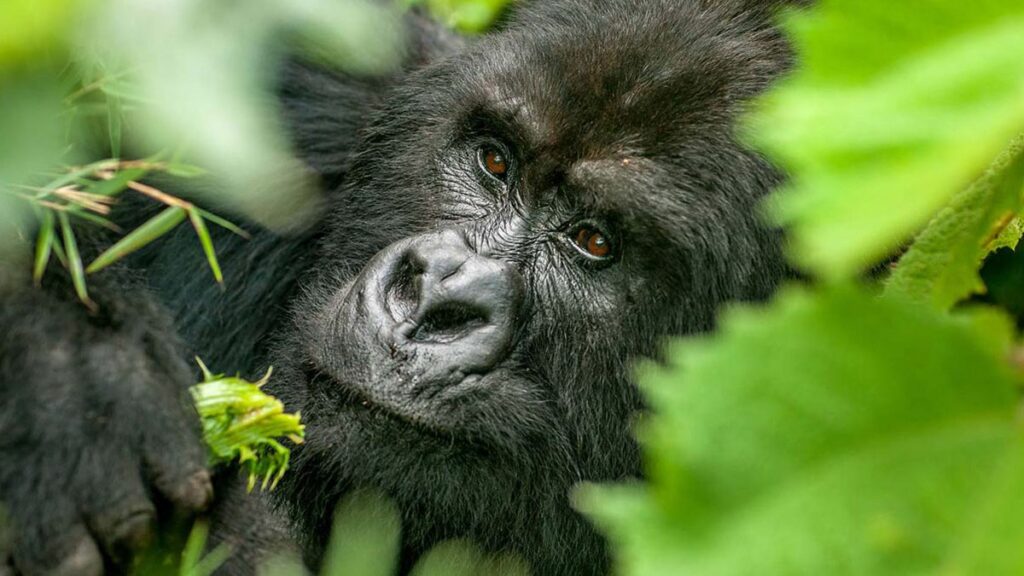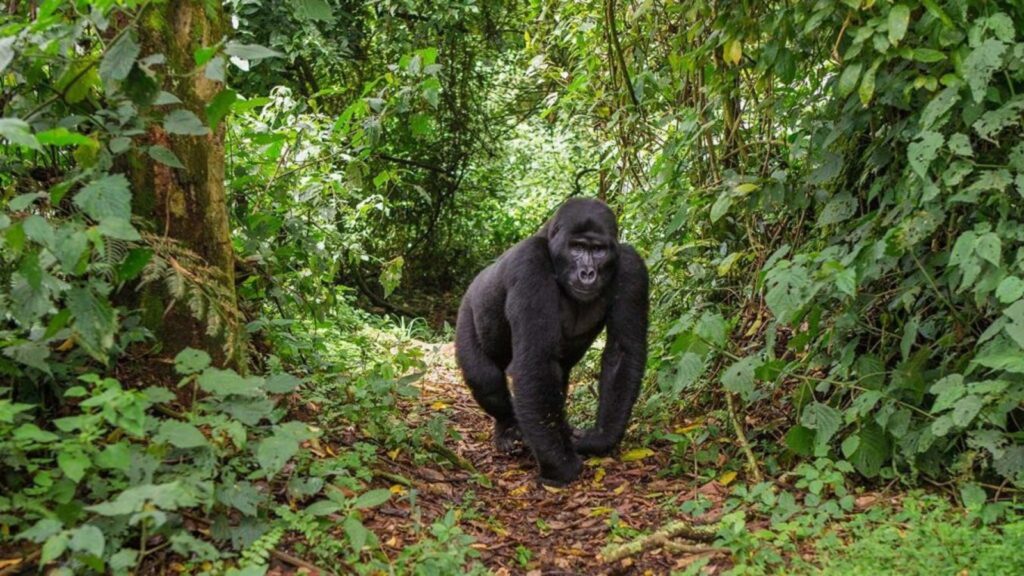Complete Gorilla Trekking Planning Guide – Bwindi & Volcanoes
Gorilla trekking in Bwindi and Volcanoes National Parks is a once-in-a-lifetime adventure. These treks combine breathtaking scenery, rare wildlife encounters, and rich cultural experiences. To make the most of your trip, careful planning is essential. This guide covers everything you need: preparation, permits, altitude tips, responsible trekking, cultural insights, and choosing between group or private treks.
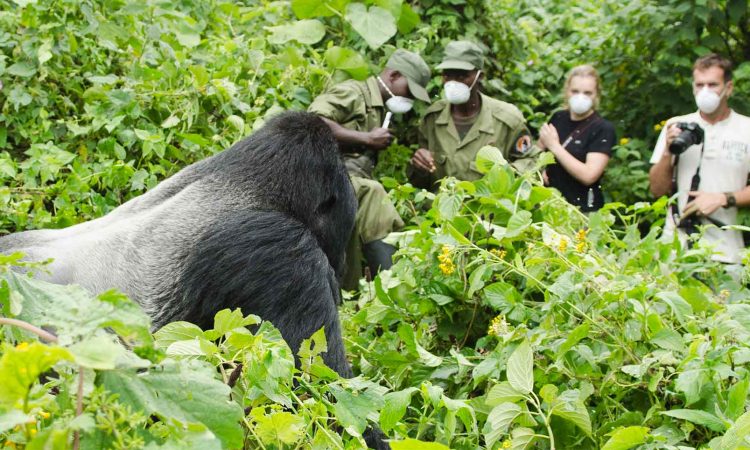
-
How to Prepare for Bwindi and Volcanoes
Preparation is key to enjoying your trek safely. Focus on fitness, acclimatization, and packing essentials. Cardiovascular and strength training improves endurance, while hiking with a backpack simulates trail conditions. Arrive at least one day early to adjust to the high altitude. Pack breathable layers, waterproof boots, trekking poles, a rain jacket, water bottles, and high-energy snacks. Book permits and accommodation early to secure your preferred dates.
-
Altitude Challenges – How to Handle Them
Bwindi and Volcanoes sit between 1,500–3,000 meters above sea level. Thin air may cause shortness of breath, fatigue, or mild headaches. Hydrate constantly, eat light meals, and pace yourself on steep climbs. Short breaks during the trek allow your body to adapt. Proper training reduces strain and improves the overall experience.
-
Responsible Gorilla Trekking
Responsible trekking protects gorillas, forests, and local communities. Keep at least 7 meters from gorillas. Avoid touching, sudden movements, or loud noises. Stay on designated trails and carry out all litter. Hiring local guides and porters supports the community. Respect cultural norms when visiting villages or Batwa communities. Traveling responsibly ensures that future generations enjoy these unique experiences.
-
Cultural Experiences Along the Way
Gorilla trekking is also a cultural journey. The Batwa people offer music, dance, and craft demonstrations. Visiting local villages shows daily life, farming techniques, and traditional practices. Guides explain the history, folklore, and how communities coexist with the forest. These experiences enrich your trek and deepen your understanding of the region.
-
Gorilla Trekking and Local Communities
Tourism supports people living near the forests. Hiring local guides, porters, and staying in community-run lodges provides income. Purchasing local crafts and food keeps money in the community. Participating in cultural or conservation projects allows travelers to give back. Responsible engagement ensures both wildlife and people benefit from tourism.
-
Gorilla Trekking Permits – How to Avoid Scams
Purchase permits only through official sources: Uganda Wildlife Authority (UWA) for Bwindi and Rwanda Development Board (RDB) for Volcanoes. Avoid unofficial websites or social media sellers. Use secure payment methods and keep receipts. Watch for red flags like unusually low prices or urgent payment requests. Reputable tour operators can handle permit bookings safely.
-
Group vs Private Gorilla Trekking
Group treks are more affordable and offer social interaction. Private treks provide flexibility, intimacy, and personalized attention. Consider your budget, travel style, and fitness level. Smaller groups or private treks can enhance comfort, while group treks allow you to meet fellow adventurers. Choose the option that aligns with your priorities for a more enjoyable experience.
-
Best Practices & Tips
Book permits and accommodation months in advance. Pack for high-altitude forest conditions. Train physically to handle steep trails. Respect wildlife, communities, and the environment. Stay hydrated and pace yourself during treks.
-
Plan Your Tour
Proper planning ensures an unforgettable gorilla trekking adventure. Combine preparation, responsible trekking, cultural experiences, and safe permit handling. Decide whether a group or private trek suits you. Train, acclimate, and pack appropriately. By following this guide, you ensure a safe, enjoyable, and meaningful encounter with mountain gorillas while supporting the communities and ecosystems that make this experience possible.

